
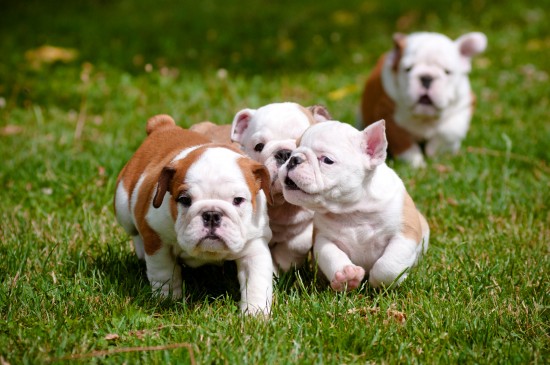
Within any litter of puppies, each puppy will begin to form their own unique personality as they get older, and distinctive traits of each individual little dog will soon become clear as they continue to grow. While some puppies have a natural tendency to be either submissive or dominant, some puppies will go well beyond that, and actually begin to take on the role of something of a bully, either dominating and bullying the other puppies within the litter, or in some cases, singling out one particular puppy for negative attention.
This type of behaviour can continue into the puppy’s adult life, and mean that they become hard to handle, untrustworthy around other dogs, and potentially, a threat to smaller dogs and other animals. It is important to identify bullying traits quickly if they develop, and correct them while the puppy is still young enough to learn new behaviour patterns for the remainder of their lives.
It can be easy to confuse dominance and bullying, and important to be able to tell the difference between the two. A puppy that is a bully will consistently pounce on and snap at the other puppies (or one puppy in particular) beyond what is expected of normal play, and they will not take their cues from the other puppy or puppies when they retreat or yelp in order to encourage them to stop.
They might also bully and frighten other puppies away from resources such as food or toys, in some cases seeking another puppy out and victimising them, and keeping them from getting food or other essentials. A puppy that is a bully will not necessarily be the largest puppy in the litter either; it is the size of the personality and temperament that counts here!
While puppies rolling around, growling, barking and yelping is all part of the learning process for the litter, if any one puppy does not respond and back off when another puppy exhibits fear, or continually snarls at or nips other puppies or even human handlers, the chances are you have a bully in the pack.
Just as with every other element of dog ownership, training is the key to everything! It is especially important to tackle a bullying problem early on, regardless of the age of the puppy, to ensure that they do not continue to be a terror into their adult lives. Start training your puppy to learn the essential commands such as “no” and “leave it,” and be extremely consistent, rewarding compliance and removing treats and bonuses for non-compliance. You might also find it valuable to have a canine behaviourist assess the puppy, to identify if their behaviour is outside of the usual behavioural norms, and to help you to develop an action plan of how to deal with it.
Socialisation is vitally important for all puppies, but especially for puppies that are having problems or not responding in the normal way to the presence of other dogs. You should attend training classes and groups with your puppy, in order to allow them to get used to the presence of other dogs, and potentially get put in their place by another puppy that will not yield dominance!
It is also valuable to expose your puppy to adult dogs as well, such as in a dog park or on organised walks. Adult dogs are almost universally more tolerant with puppies and juvenile dogs than they will be with an adult dog, but even so, most adult dogs will not be afraid to put a puppy in their place, and stand up to them if they are getting ideas above their station. In order to be a bully, your puppy requires the presence of other dogs that will allow them to bully them, and if your pup learns that outside of their litter, this does not happen, you will be well on your way.
If you know or suspect that your puppy is likely to prove aggressive or unreasonably dominant with other dogs, it is vitally important that you plan for this in your handling of your puppy and interactions with other dogs, to prevent the other dog becoming injured or the dogs fighting.
Keep your puppy on a lead at all times if you do not know how they will behave with another dog, and ensure that the owners of any dogs that might be available for your puppy to meet and socialise with are aware of the issue, and happy to discuss with you how to manage any interactions between the dogs. While it is unfortunate to have to muzzle a dog at a young age, if this becomes necessary, it is important that you do so.
Finally, spaying and neutering can go a long way towards reducing aggressive tendencies, so ensure that your pup is spayed or neutered as soon as they are old enough.
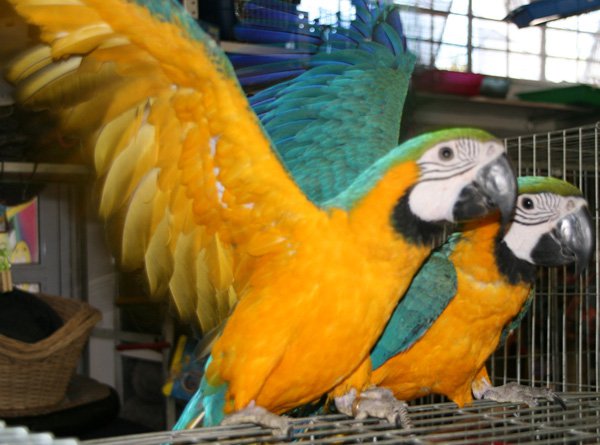 Harmless and Permanent Solution to Bird Control
Harmless and Permanent Solution to Bird Control
Harmless and Permanent Solution to Bird Control
Harmless and Permanent Solution to Bird Control
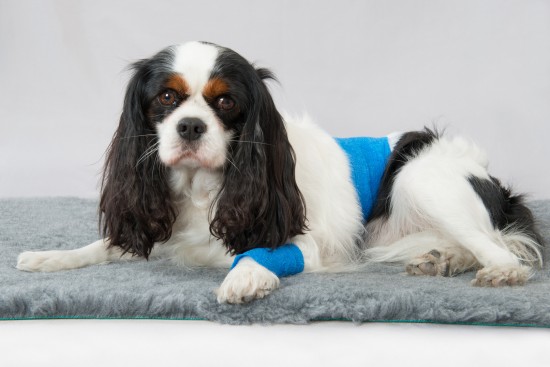 Why Dogs Act Strangely After Having Surgery
Why Dogs Act Stra
Why Dogs Act Strangely After Having Surgery
Why Dogs Act Stra
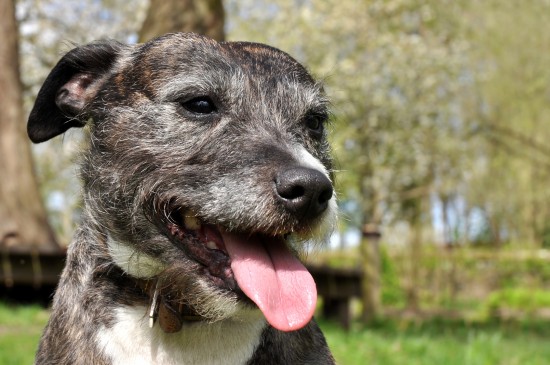 The Behaviour Of Mature Dogs Aged 8-10 Years Old
The Behaviour Of
The Behaviour Of Mature Dogs Aged 8-10 Years Old
The Behaviour Of
 Summertime and Pool Safety for Pets
Summertime and Pool Safety for Pets
DCS Pool
Summertime and Pool Safety for Pets
Summertime and Pool Safety for Pets
DCS Pool
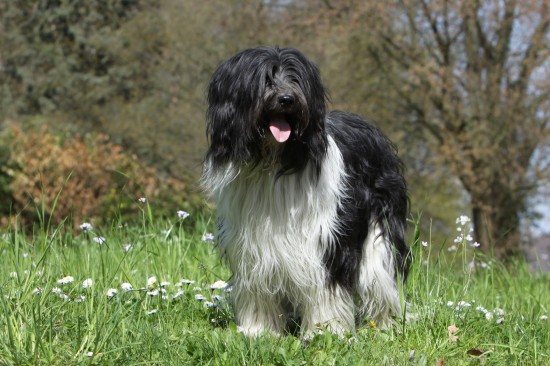 The Schapendoes – The Lovely Dutch Sheepdog
The Schapendoes –
The Schapendoes – The Lovely Dutch Sheepdog
The Schapendoes –
Copyright © 2005-2016 Pet Information All Rights Reserved
Contact us: www162date@outlook.com